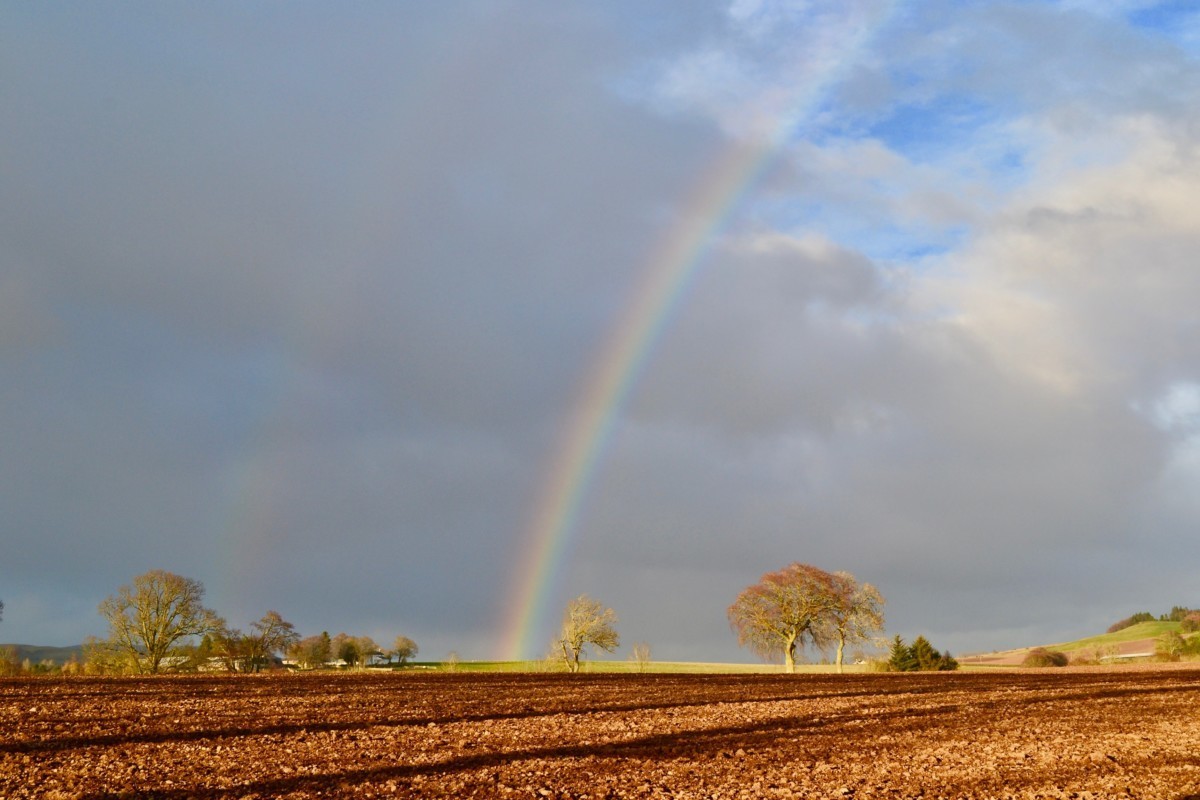A Bioregion is a geographic area defined not by political or economic boundaries but through its natural features – its geology; topography; climate; soils; hydrology and watersheds; agriculture; biodiversity; flora and fauna and vegetation.

Bioregioning re-connects people with those natural systems, and each other, through the places where they live, enabling deeper understanding of the interdependence between them and human flourishing.
Bioregioning in action:
- Values natural assets as the building blocks of life
- Works at the interface between the urban and the rural
- Makes a region distinct and visible through a coherent narrative of geography, geology, land use, history, culture
- Reinforces identity through a bounded sense of belonging to a place
- Sources solutions from the place itself
- Gets sectors out of silos and collaborating on a co-created resilience strategy
- Prototypes and learns continuously
- Addresses conflicts as an opportunity to take the work to the next level
- Builds collective will to action and telling a ‘can do’ story of resilience and possibility

Working together in this way enables
- Less excess and waste
- Citizens taking more responsibility for the wellbeing of the place where they live
- New economic models that generate community wealth and local livelihoods
- Greater visibility for all the green shoots of resilience emerging locally